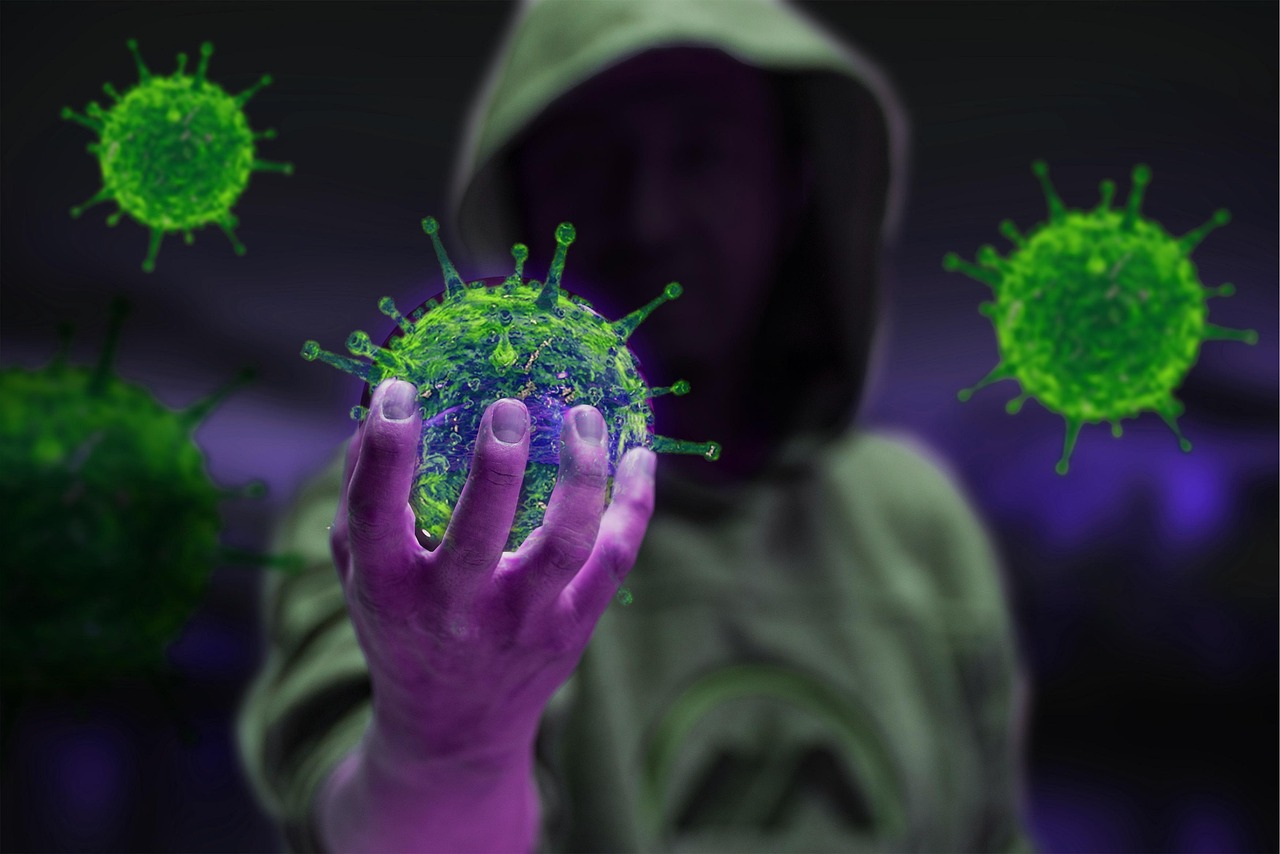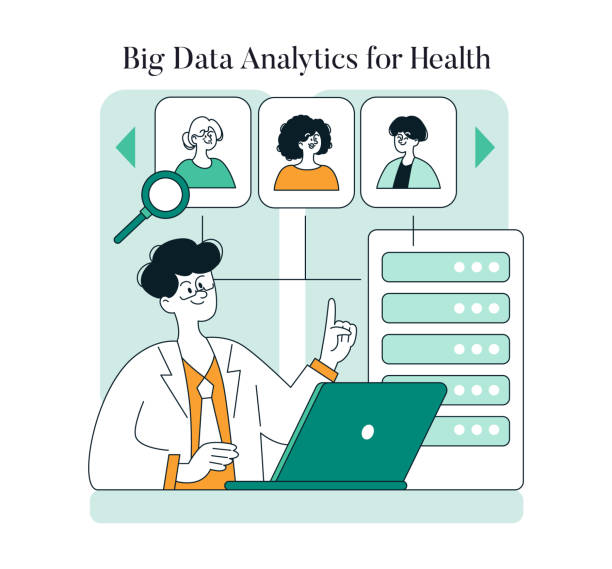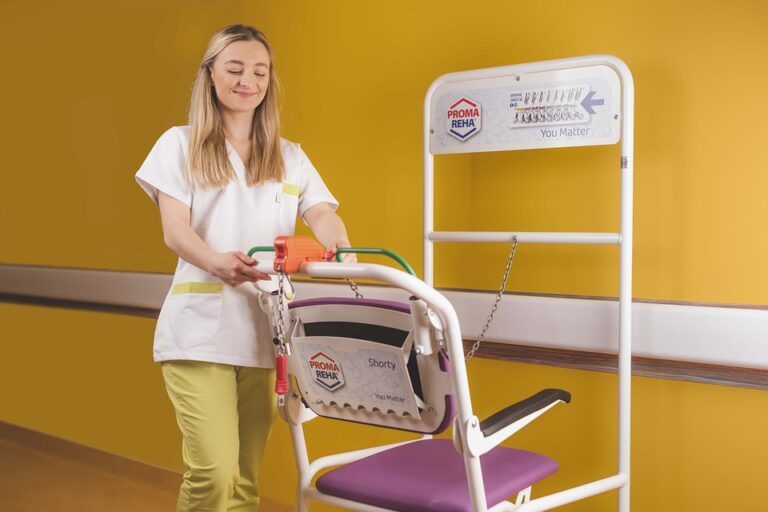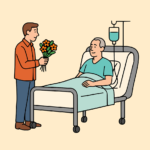Book Appointment Now

The Role of Public Health Nurses in Addressing the Opioid Epidemic
The opioid epidemic is one of the most devastating public health crises of our time, affecting millions of individuals and families across the United States and globally. Characterized by widespread misuse of prescription opioids, heroin, and synthetic opioids like fentanyl, this epidemic has led to unprecedented rates of addiction, overdose, and death. Public health nurses are at the forefront of addressing this crisis, playing a critical role in prevention, treatment, and community education. Their unique combination of clinical expertise, community outreach skills, and patient-centered care makes them indispensable in combating the opioid epidemic. This essay explores the multifaceted role of public health nurses in addressing the opioid crisis, focusing on their contributions to prevention strategies, treatment programs, and community education efforts. By examining their initiatives, challenges, and successes, we can better understand how public health nurses are making a difference in this complex and urgent issue.
Our nursing experts can deliver 100% custom paper about the role of public health nurses in addressing opioid epidemic according to your order instructions.
Write my nursing essay
The Role of Public Health Nurses in Opioid Epidemic Prevention
Prevention is a cornerstone of public health nursing, and it is particularly critical in addressing the opioid epidemic. Public health nurses work to prevent opioid misuse and addiction through a variety of strategies, including education, advocacy, and policy development. One of their primary roles is to educate patients and communities about the risks associated with opioid use. This includes informing individuals about the potential for addiction, the dangers of combining opioids with other substances, and the signs of an overdose. Public health nurses often work in primary care settings, where they advocate for the use of non-opioid pain management alternatives, such as physical therapy, acupuncture, or nonsteroidal anti-inflammatory drugs (NSAIDs) (Jones et al., 2020). By promoting safer pain management practices, nurses help reduce the likelihood of opioid misuse.
In addition to patient education, public health nurses collaborate with schools, workplaces, and community organizations to deliver prevention programs. These programs often include training on recognizing the signs of addiction, understanding the risks of opioid use, and knowing how to access help. For example, nurses may lead workshops for parents and teachers on how to talk to adolescents about the dangers of prescription drug misuse. They also work with employers to develop workplace policies that support employees in recovery and reduce the risk of opioid misuse in the workplace. By focusing on prevention, public health nurses help reduce the number of individuals who develop opioid use disorder (OUD) in the first place.
Nurse-Led Initiatives in Opioid Addiction Treatment
Public health nurses are instrumental in providing and expanding access to treatment for individuals struggling with opioid addiction. They work in a variety of settings, including addiction treatment centers, hospitals, and community clinics, to deliver evidence-based care. One of their primary roles is to connect patients with medication-assisted treatment (MAT), which combines medications like methadone, buprenorphine, or naltrexone with counseling and behavioral therapies (Smith et al., 2021). MAT is widely regarded as the gold standard for treating OUD, as it helps reduce cravings, prevent withdrawal symptoms, and lower the risk of relapse. Public health nurses play a key role in administering MAT, monitoring patients’ progress, and providing ongoing support throughout the recovery process.
In addition to MAT, public health nurses provide comprehensive care to individuals with OUD, addressing both their physical and psychological needs. This includes conducting assessments to identify co-occurring mental health conditions, such as depression or anxiety, and connecting patients with appropriate resources. Nurses also provide education on harm reduction strategies, such as safe injection practices and the use of naloxone to reverse opioid overdoses. Many public health nurses lead harm reduction initiatives, such as distributing naloxone kits to community members and training them on how to use them (Taylor et al., 2019). These efforts save lives and provide a pathway to recovery for those affected by OUD.
Public health nurses also play a critical role in supporting patients in recovery by helping them navigate the challenges of maintaining sobriety. This includes providing counseling, connecting patients with support groups, and helping them access housing, employment, and other social services. By addressing the social determinants of health, public health nurses help create a supportive environment that promotes long-term recovery.
Community Education and Advocacy by Public Health Nurses
Community education is a cornerstone of public health nursing, and it is particularly critical in addressing the opioid epidemic. Public health nurses work to destigmatize addiction by educating communities about OUD as a chronic medical condition rather than a moral failing. They organize workshops, seminars, and public awareness campaigns to inform individuals about the signs of opioid misuse, the availability of treatment options, and the importance of seeking help early (Williams et al., 2020). These efforts help reduce the stigma associated with addiction and encourage individuals to seek treatment without fear of judgment.
Public health nurses also play a key role in advocating for policy changes that support addiction treatment and prevention. This includes lobbying for increased funding for MAT programs, expanding access to naloxone, and implementing policies that promote responsible opioid prescribing practices. Nurses often collaborate with policymakers, community leaders, and advocacy organizations to develop and implement these policies. For example, public health nurses have been instrumental in advocating for the widespread distribution of naloxone in schools, workplaces, and public spaces, which has saved countless lives (Martinez & Thompson, 2020).
In addition to policy advocacy, public health nurses engage in grassroots efforts to raise awareness about the opioid epidemic. This includes organizing community events, such as town hall meetings and health fairs, where individuals can learn about the risks of opioid misuse and the resources available for treatment and recovery. Nurses also use social media and other digital platforms to reach a wider audience and disseminate accurate information about OUD. By engaging with the community in these ways, public health nurses help create an environment that supports recovery and reduces the stigma associated with addiction.
Challenges Faced by Public Health Nurses in Addressing the Opioid Epidemic
Despite their significant contributions, public health nurses face numerous challenges in addressing the opioid epidemic. One major barrier is the stigma surrounding addiction, which can prevent individuals from seeking help and limit community support for prevention and treatment programs (Clark et al., 2022). Stigma also affects healthcare providers, some of whom may view individuals with OUD as morally weak or undeserving of care. This can create barriers to accessing treatment and undermine the efforts of public health nurses to provide compassionate, nonjudgmental care.
Another challenge is the lack of resources available to public health nurses, including insufficient funding and staffing. Many public health programs operate on tight budgets, which can limit the scope and reach of their initiatives. For example, some communities may lack access to MAT programs or naloxone distribution efforts due to funding constraints (Wilson & Garcia, 2019). Additionally, public health nurses often face heavy workloads and burnout, which can affect their ability to provide high-quality care.
The complexity of OUD also presents challenges, as it requires a multidisciplinary approach to address the medical, psychological, and social aspects of the condition. Public health nurses must work closely with other healthcare professionals, such as physicians, social workers, and addiction specialists, to provide comprehensive care. This requires strong communication and collaboration skills, as well as a deep understanding of the unique needs of individuals with OUD.
Public health nurses are indispensable in the fight against the opioid epidemic, leading initiatives in prevention, treatment, and community education. Their work saves lives, reduces the burden of addiction, and fosters healthier communities. Through their efforts, public health nurses help prevent opioid misuse, provide evidence-based treatment for individuals with OUD, and educate communities about the risks of opioid use and the importance of seeking help. Despite facing significant challenges, including stigma, limited resources, and the complexity of OUD, public health nurses continue to innovate and advocate for solutions to this complex crisis.
By supporting their efforts and investing in their initiatives, we can make meaningful progress in addressing the opioid epidemic and improving public health outcomes. Public health nurses are not only healthcare providers but also educators, advocates, and leaders in their communities. Their dedication and expertise are essential to overcoming the opioid epidemic and building a healthier future for all.
Also read:
- NURS FPX4900 Patients with Opioid Use Disorder
- HCS 455 UOPX Trends in Healthcare Policies Opioid Crisis
- Future Policy Issue Opioid Crisis
- PSY 1012 Keiser University Opioid Use Addiction and Overdoses
References
Clark, E., Davis, M., & Evans, T. (2022). Overcoming stigma in opioid addiction treatment. Public Health Nursing, 39(2), 123-130.
Jones, M., & Brown, L. (2020). The role of public health nurses in opioid misuse prevention. Nursing Outlook, 67(6), 789-795.
Martinez, C., & Thompson, D. (2020). Naloxone distribution and training: A public health nursing approach. Journal of Public Health Management and Practice, 26(4), 321-328.
Smith, J., Taylor, P., & Williams, K. (2021). Medication-assisted treatment for opioid use disorder: A nurse-led approach. Journal of Addiction Nursing, 32(3), 145-152.
Taylor, R., Wilson, J., & Garcia, M. (2019). Harm reduction strategies in the opioid epidemic. Health Education Research, 36(3), 234-241.
Williams, A., Harris, B., & Johnson, C. (2020). Community education and advocacy in the opioid crisis. Public Health Reports, 133(5), 512-519.
Wilson, D., & Garcia, E. (2019). Resource limitations in public health nursing: Challenges and solutions. Nursing Economics, 37(4), 189-195.







